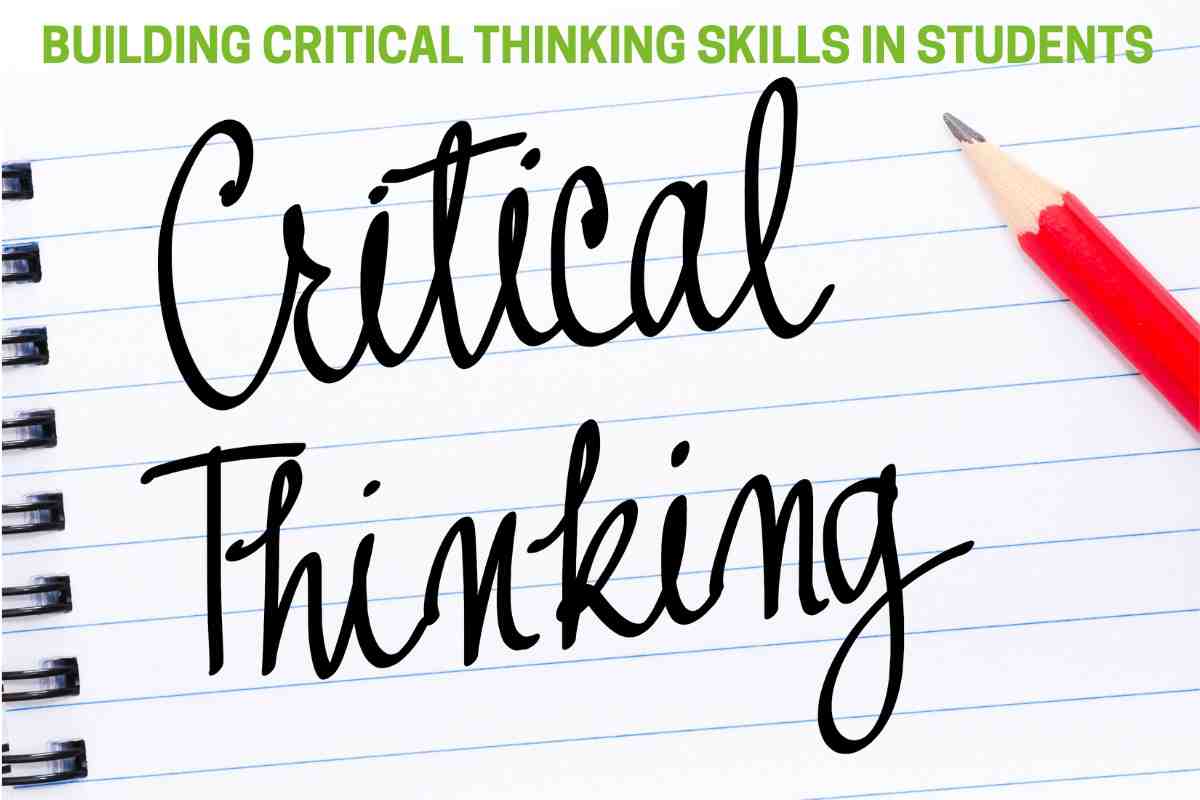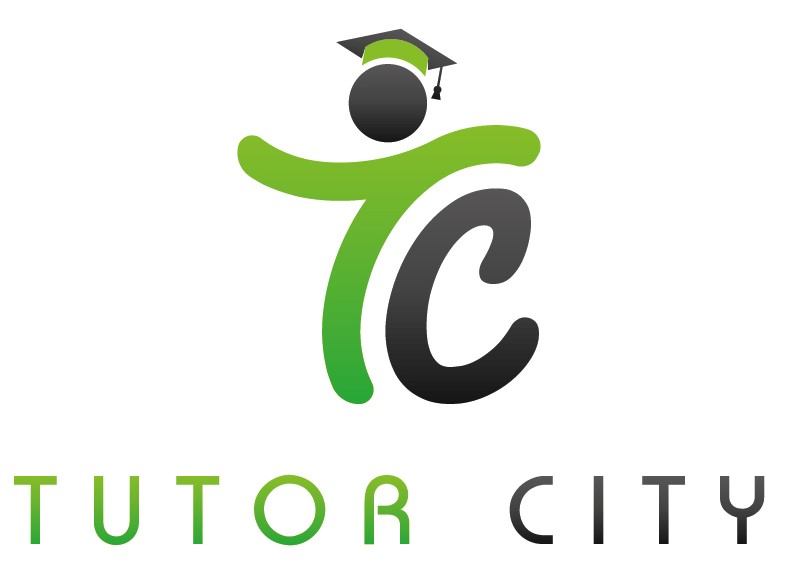
- Published by: Tutor City
- October 14, 2020
- Education
Building Critical Thinking Skills in Students
For many generations, education had mainly focused on mindless learning and simply memorizing the information provided through textbooks. With only a few practical experiments conducted in science labs and certain word problems in mathematics, critical thinking was almost impossible to find in the education system.
This kind of learning may have been successful in the past but is becoming largely obsolete in the modern world. In this globalized world, students are expected to question the information that is provided to them.
It has become largely important for educational institutes to prepare school children for the real world – one where critical analyses are required in every phase of life.
What is Critical Thinking?
As Barry K. Beyer describes it, critical thinking is the ability to make ‘clear, reasoned judgements.’ In simpler terms, it refers to the ability of analyzing information that is given to them, as well as providing evidence for the information that they provide.
In the world of critical thinking, personal opinion is not very appreciated. Instead, there must be a solid reason why one expresses a certain opinion – and more importantly, a rational and evident reason.
Critical thinking is an important skill that must be developed in children early on during their lives. Since an individual depends on schooling to learn important life skills, it is becoming necessary for academic institutions to facilitate the critical thinking skills of each child.
For students, critical thinking becomes more and more important as they excel towards higher education. Once they reach the stage where detailed research has to be conducted on certain topics, such as during a thesis, it is absolutely necessary for them to have well-developed critical thinking skills.
For students that are still young, critical thinking skills can help them develop better learning abilities and traits such as altruism and empathy.
Read also: Local vs Private Universities, things to look out for
Importance of Critical Thinking
Critical thinking is a valuable skill that must be part of every student’s skillset. While it begins with the development of good problem-solving skills inside the classroom, it eventually translates into real life situations as well.
The art of critical thinking is that it cannot be taught independently. Instead, it must be facilitated by teaching other related skills such as planning, analysis, evaluation, and reflection. As a result of learning many different skills, students will learn that critical thinking is not just restricted to a specific subject, such as mathematics or science.
Critical thinking skills will actually enable students to start thinking in a more rational and methodical manner. Once a student masters this skill in their early years, they are likely to excel in any career path that they choose later in life.
Strategies to Develop Critical Thinking Skills in Students
Since it is impossible to teach the art of critical thinking to students in the same way you would teach literature, it is important to follow certain strategic techniques. Here are a few simple ways that could aid the process of critical thinking in students:
1. Reading Comprehensions
In order to learn critical thinking, students must first develop the habit of reading considerably long pieces of information. With reading comprehension exercises, students will be able to distinguish between important and unnecessary pieces of information – thus helping them understand what to do with what information.
Furthermore, reading comprehensions require students to answer critical questions about the paragraph that they have read. This forces them to think beyond the information that is clearly provided to them, thus facilitating critical thinking skills.
Need help? Check out this article "How to improve reading comprehension for kids"
2. Encourage Questions
Once students begin thinking critically about the information given to them, they are likely to start asking questions. One of the biggest mistakes that teachers make is when they ignore the questions of a young student or choose to reply to them in a sarcastic or snubbing manner. This discourages students to think critically or to ask questions in the future.
Instead, teachers should encourage students to ask questions about the information that they are reading. This helps them develop a habit of actively thinking and processing the text simultaneously as they read it. Questions will also help students pay attention to the details of the story that they are reading – and will help teachers determine the level of understand of the student.
3. Improve Metacognition
While it may sound complicated, metacognition is simply the ability of being aware of your thought process. In children, this can be encouraged by asking them beforehand about the different ways they will interpret a given paragraph. They may give you answers such as they picture the story in their head or that they pretend to be part of the situation being described. Another way to improve metacognition is by asking students the why, where, who, and when of a specific story after they have read it.
By vocalizing the strategies that will be implemented by the child, they will eventually become habitual of employing critical thinking abilities every time a piece of information is presented to them.
4. Making Connections
As they say, it is an important skill to be able to connect the dots. Connecting the dots essentially means to understand the link between different pieces of information. When helping students develop critical thinking skills, you must also teach them to infer the relationship between two different paragraphs.
This skill can be facilitated in the classroom by allowing children to read an entire story except the end and have them predict the ending by using their critical thinking skills. This allows them to understand the situation with a wider perspective as well as forcing them to develop connections between the little details provided in different parts of the story.
5. Writing a Summary
Critical thinking skills can also be encouraged in children by teaching them how to summarize a certain story. Since summaries are supposed to shorted versions of long stories, this exercise will help children determine the key parts of a story.
A summary is also supposed to include the main idea of a story in one sentence. By having students write summaries, they will be practicing their critical thinking abilities by analyzing the entire story and summarizing it into one main plot point. This exercise also helps English teachers determine the understanding of a student which can further help in determining appropriate strategies to help the student accordingly.
6. Encourage Objective Thinking
In order to become a critical thinker, a student must be able to think of each topic in an objective manner. This means to avoid any personal bias regarding the topic and to determine the pros and cons in a rational manner.
This exercise can be implemented in the classroom by providing certain topics to students and have them write down the pros and cons. To actually encourage objective thinking, these topics should be of the children’s interest – such as playing in the playground for more than 2 hours or skipping school. By having topics that students might have difficulty being objective about, they will be able to learn the skill properly.
7. Group Discussions
Reading a piece of information and retaining it is not enough. To develop critical thinking skills, one must know that learning is a process and that there is always room for improvement. This can be taught in the classroom by encouraging group discussions and even debates. As more students become involved in the discussions, more perspectives will be brought forward, and all the students will collectively learn that there is more to the information than they know of.
This activity allows students to understand the multiplicity in opinions, and also how others may interpret the same information in a different manner.
8. Analyzing Everyday Habits
This is a simple method of encouraging critical thinking skills in the students’ everyday life. This activity can be done in the classroom by taking an everyday habit and asking students to analyze it deeply. For instance, if your students attend a morning assembly every day, ask them questions about the importance of the assembly and why it is necessary for them to attend it.
This will enable children to start evaluating their habits instead of just conforming to societal standards and following what everybody else is doing.
9. Making Comparisons
Critical thinking is also encouraged through a simple habit of comparing and contrasting information. By giving students two similar pieces of information and having them pick out the difference, critical thinking is easily encouraged.
For example, you could ask your students to pick out the differences between one classroom and the other. While both rooms are used for the same purpose of teaching, there might be many differences such as the dimensions of the room, number of students, size of the whiteboard, etc.
The Final Word
To encourage critical thinking in students cannot happen overnight – it is a continuous, lengthy process. Teachers must go to great lengths and conduct a wide range of activities in the classroom to encourage students to use their critical thinking abilities.
However, critical thinking is a significant life skill that each student must develop during their early years of schooling. For children, it is important to understand that new thoughts and ideas can be generated by evaluating the information provided to them.
Instead of becoming dependent upon their teachers or textbooks for information, students will learn to be more self-reliant through critical thinking. Their style of learning is likely to improve as students will be able to recognize their own strengths and weaknesses. As a result, they can easily find solutions to their problems and set smart goals for themselves.






